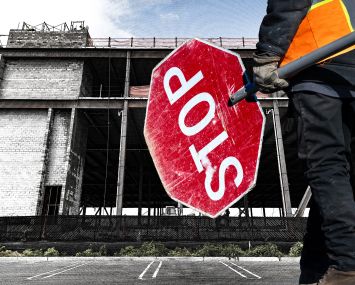LA Has 3 Million More Square Feet of Empty Retail Than Before COVID: Report
By Greg Cornfield May 3, 2023 3:55 pm
reprints
The pandemic didn’t topple the retail real estate market in Los Angeles County, but it definitely left a mark.
A new report found that occupancy remains 3 million square feet below where it was in the first quarter of 2020 when the world locked away indoors. And now retail landlords are dealing with sluggish demand for space due to new economic uncertainties.
The total amount of vacant square footage on the L.A. County market increased by 537,254 square feet in the first quarter this year, pushing it to 17.5 million square feet, according to NAI Capital.
“Some of the retail space that was put on the market during the pandemic shutdown has been occupied by retailers pivoting back to brick and mortar, but the progress has been slow,” the report read. “L.A.’s brick and mortar retail still has a long way to go toward getting vacancy back to pre-pandemic levels.”
The county’s vacancy rate is currently at 5.5 percent, which is the same rate as it was during the Great Recession in the first quarter 2010, the report noted. In addition, available sublease space increased 13.9 percent from the end of 2022.
The rise in vacancy caused the average asking rent for space listed for lease in the region to drop 2.6 percent from the previous quarter, to just under $3 per square foot, though it is still 3.1 percent higher than last year at this time. At the same time, the average sale price per square foot dropped 4.1 percent, although the sale volume on a square-footage basis increased 10 percent.
“Landlords and sublessors will continue adjusting asking rent in their efforts to improve cash flow and fill available retail space,” NAI Capital’s report read.
L.A.’s Westside holds approximately 4.4 million square feet of available retail space, the most in the region, and witnessed a 4-cent quarterly drop in asking rent to $4.77 per square foot, while vacancy increased 40 basis points to 7.7 percent.
“Property owners will have to absorb additional costs to lure replacement tenants, and some might still struggle to fill large, vacated spaces, but many sublessors haven’t discounted sublease rents yet,” NAI Capital said.
Gregory Cornfield can be reached at gcornfield@commercialobserver.com.


